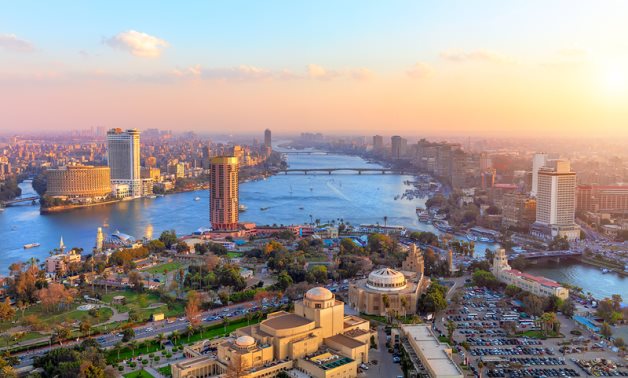
Egypt south of Cairo the capital- CC via Wikimedia
CAIRO - 5 September 2022: Egypt’s Purchasing Managers' Index (PMI), issued by the S&P Global Group, has recorded in August its highest reading since February 2022, which indicates a slowdown in the deterioration, but it is still stable in trading conditions.
The report of the S&P Global Group noted that the PMI for the activity of the non-oil private sector increased from 46.4 points in July to 47.6 points in August, the highest reading since February, and indicates a less severe but steady deterioration in business situations.
The report pointed out that the rise in the main index was mainly driven by the production and new orders indices, which both rose for the second consecutive month from their lowest levels recently recorded in June.
According to the report, the non-oil Egyptian economy recorded a slight decline in business conditions in August, as the decline in inflationary pressures helped ease spending restrictions on customers and led to a slowdown in the decline in production and new orders. However, expectations for future activity remained weak.
It noted that the readings continued to indicate a noticeable decline in commercial activity and sales, as companies continued to record a deterioration in customer demand in the face of rapid inflation.
The decline in new business was broad-based, as the manufacturing, services, construction, wholesale and retail trade sectors recorded a decline, it revealed.
The report said that with the emergence of signs of weakness in the global economic conditions, Egyptian companies witnessed a new decline in new export orders in August, and this came in the wake of the first rise in foreign demand in 6 months during the month of July.
"August saw the key PMI metrics move in the right direction with the headline index up for the second month running, while price gauges continued to fall from their recent peaks,” Economist at S&P Global Market Intelligence, David Owen, said.
Owen added that the latest rise in input costs was much softer than in July, supporting a slower uplift in output prices that should ease the burden on consumers over the coming months, clarifying that subsequently, new orders decreased at the softest rate since April, leading to a slower, but still sharp fall in output levels. Furthermore, employment rose at the quickest rate since October 2019, as some firms looked to increase their capacity and support backlog depletion,” he added.
"However, headwinds on the global economy meant that businesses showed little optimism towards future activity, as expectations slipped to the second-lowest on record. Monetary policy uncertainty, a weakening exchange rate, and the continued war in Ukraine mean there are still high levels of risk for the economy over the rest of 2022,” he added.
Comments
Leave a Comment